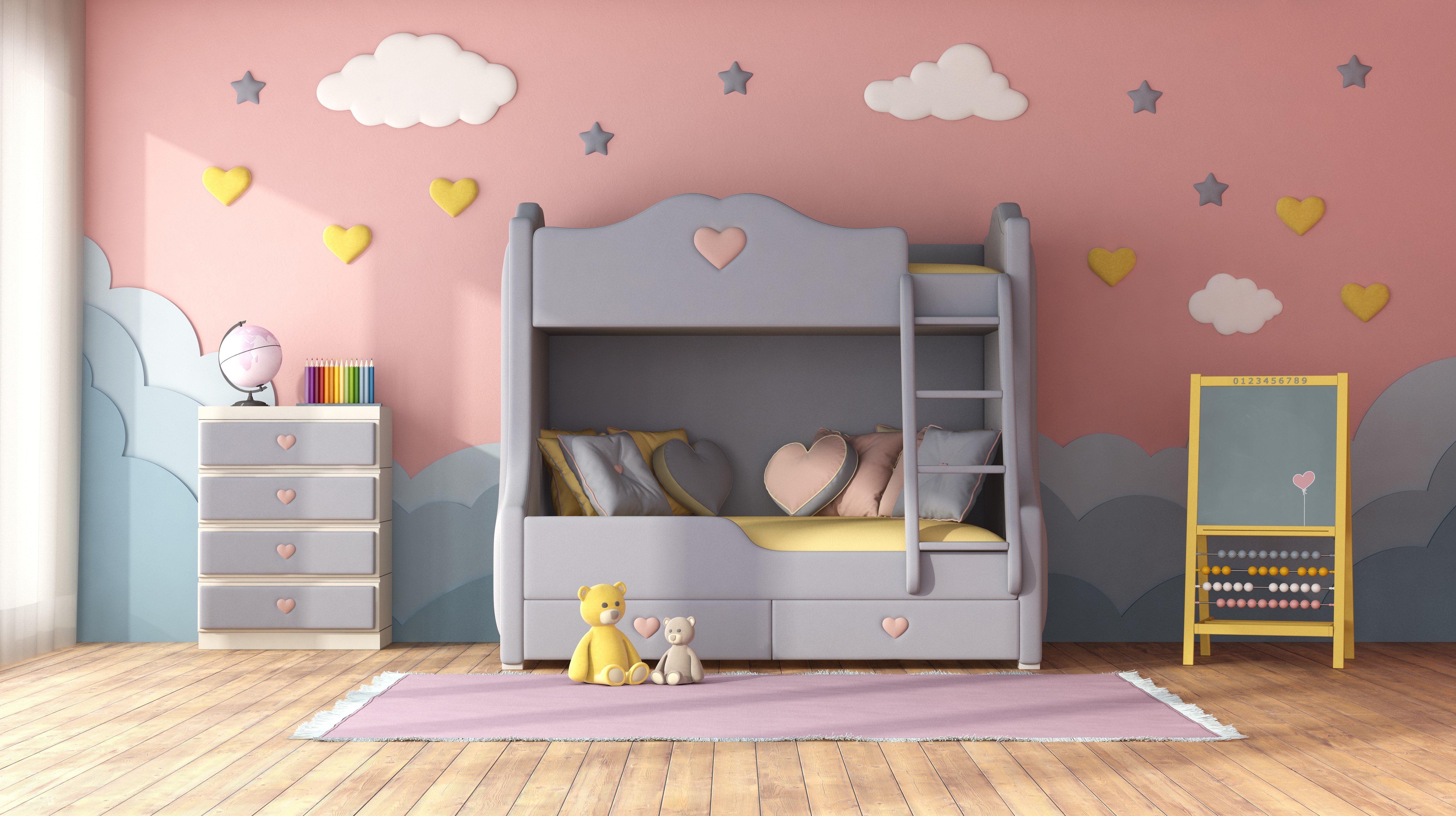30 Inspirational Quotes On Bunk Beds
Exploring Bunk Beds: A Comprehensive Guide
Bunk beds have long been a staple in kids's bed rooms, dormitories, and even homes with restricted space. Not only do they supply a useful sleeping service, however they likewise create a fun and imaginative environment for kids and a great space-saver for adults and families. This short article will explore whatever you need to understand about bunk beds, from types and materials to safety ideas and buying suggestions.
Table of Contents
- Kinds Of Bunk Beds
- Standard Bunk Beds
- Loft Beds
- Triple Bunk Beds
- L-Shaped Bunk Beds
- Material Options
- Wood
- Metal
- Security Considerations
- Buying Guide
- Frequently asked questions
Kinds Of Bunk Beds
Bunk beds can be found in various designs to fit different requirements and choices. Here's a breakdown of the most common types:
Conventional Bunk Beds
Standard bunks usually feature two beds stacked vertically on top of one another. These beds are ideal for brother or sisters sharing a room or for maximizing sleeping space in guest rooms.
Loft Beds
Loft beds stand likewise to conventional bunk beds however do not have a lower sleeping area. Instead, they typically incorporate a desk or seating location beneath, making them a great option for little rooms needing multifunctionality.
Triple Bunk Beds
Triple bunk beds are developed for three occupants, with beds stacked in a three-tier setup. Our Home Page are less typical however can be an enjoyable option for large households or sleepovers.
L-Shaped Bunk Beds
With one bed positioned horizontally and the other vertically, L-shaped bunk beds are frequently equipped with additional features such as desks or storage drawers and can complement corner spaces in a space.
Contrast of Bunk Bed Types
Bed Type
Ideal Use
Description
Standard
Shared bedrooms or guest rooms
2 beds stacked vertically
Loft
Little spaces requiring multi-purpose space
Upper bed with open space beneath
Triple
Large households or slumber parties
Three beds stacked vertically
L-Shaped
Corner or flexible areas
A combination of vertical and horizontal beds
Material Options
Bunk beds are produced from different materials, with wood and metal being the most typical. Each material has its pros and cons.
Wood
- Sturdiness: Generally robust and can endure years of use.
- Visual Appeal: Offers a classic appearance that can mix with various designs.
- Weight Capacity: Typically stronger; can support heavier weights.
- Downsides: May be more pricey than metal options and can be vulnerable to scratches.
Metal
- Sturdiness: Generally lightweight and easy to move however still strong.
- Modern Design: Often can be found in sleek designs, making it appealing for contemporary areas.
- Cost-efficient: Usually less costly than wooden options.
- Drawbacks: Can be cold to the touch in winters and may not have the very same visual appeal for some buyers.
Security Considerations
When it comes to bunk beds, safety can not be neglected. Here are essential safety ideas to bear in mind:
- Guardrails: Ensure that the leading bunk has guardrails on both sides to prevent falls.
- Tough Construction: Check for a strong construct and strong products to stand up to weight and movement.
- Weight Limit: Adhere to the manufacturer's weight limit for both the upper and lower bunks.
- Ladder Design: Choose bunks with a safe, easy-to-climb ladder and prevent any sharp edges or rungs.
- Age Restrictions: Most manufacturers suggest that children under the age of six ought to not sleep in the upper bunk.
Buying Guide
When searching for bunk beds, think about the following elements to find the best fit for your needs:
- Space Availability: Measure the space size and ceiling height, ensuring there is adequate space for the top bunk.
- Bed Size: Decide in between twin, full, or larger sizes based upon your requirements and the size of the space.
- Style Preference: Consider the total decor of the bedroom to find a suitable design.
- Alleviate of Setup: Look for a bunk bed that is simple to put together.
- Spending plan: Bunk beds can be found in numerous price ranges, so identify a spending plan before starting your search.
Frequently asked questions
1. What is the advised age for kids to sleep on the leading bunk?
Children aged 6 and older are usually advised to sleep on the top bunk to minimize the risk of falls.
2. How can I make my bunk bed more secure?
To enhance security, guarantee guardrails are properly set up and examine that the bed is put on a flat surface area. Furthermore, motivate children to utilize the ladder thoroughly.
3. Can I transform a bunk bed into two different beds?
Lots of bunk beds are developed to be convertible. Examine the manufacturer's specs for convertibility features.
4. What accessories are available for bunk beds?
Typical devices include bed linens, storage drawers, staircases rather of ladders, and tented canopies for an enjoyable visual appeal.
5. How do I maintain my bunk bed?
Regular checks for loose screws or structural integrity can assist make sure security. Dust the bed regularly and tidy spills quickly to keep the materials in good condition.
Bunk beds are flexible and a space-efficient solution for various living situations, from kids's spaces to guest lodgings. With many designs and products offered, potential buyers have a wealth of options to consider, making sure a combination of practicality and aesthetics. By prioritizing security and following the ideas described in this guide, people can discover the right bunk bed that matches their space and way of life, all while producing an enjoyable sleeping environment.
